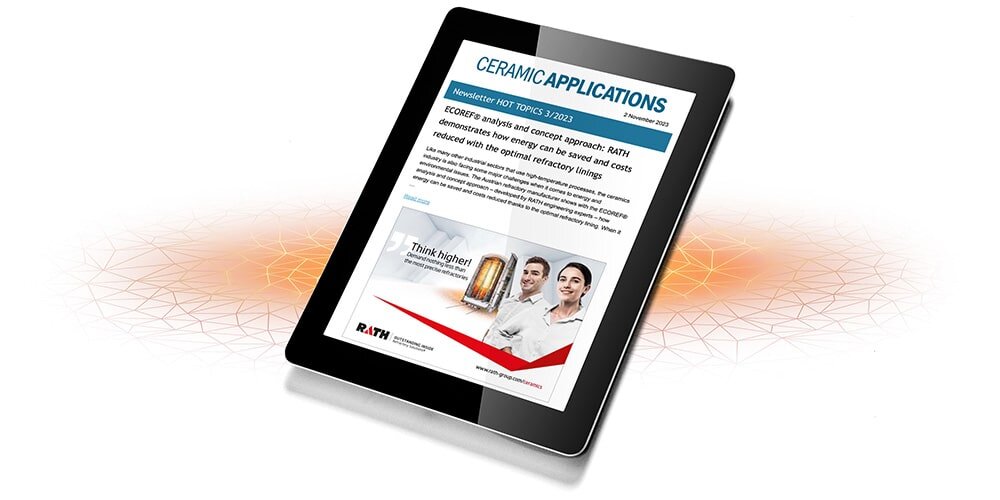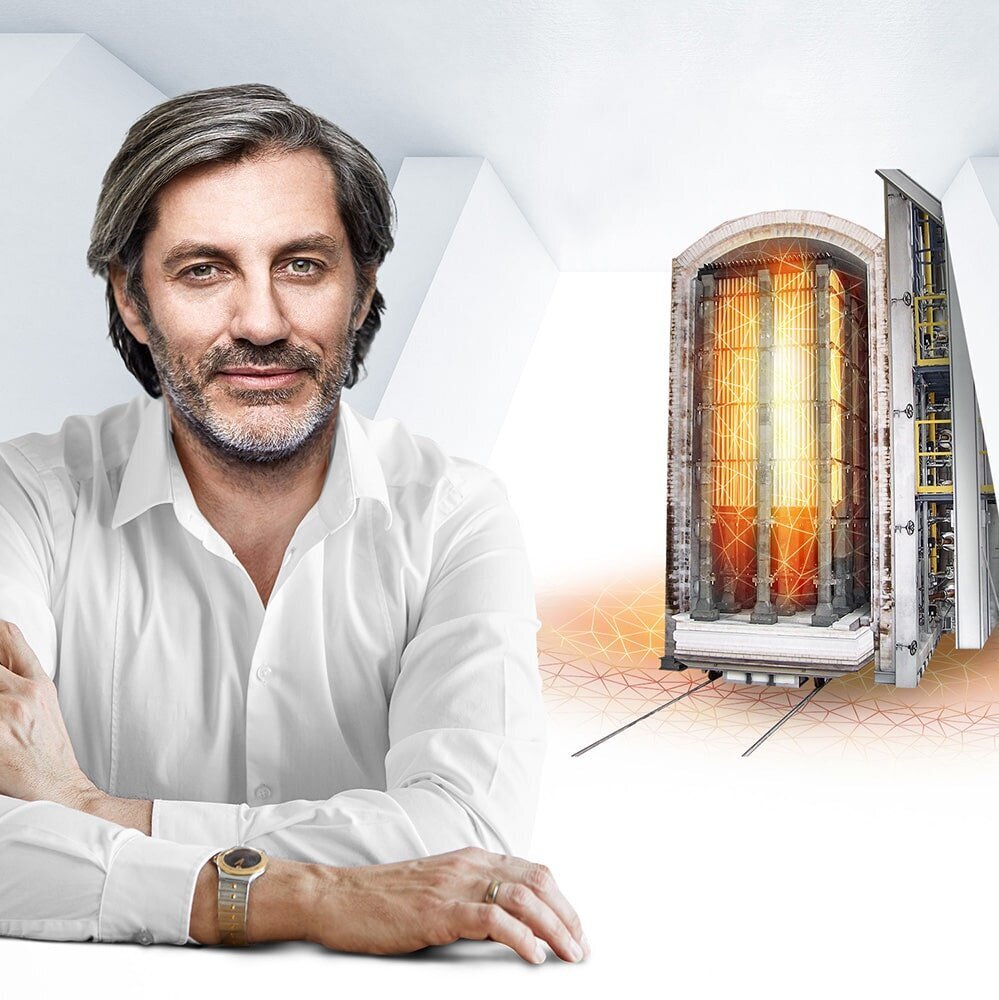ECOREF® analysis and concept approach: RATH demonstrates how energy can be saved and costs reduced with the optimal refractory linings

When it comes to saving energy, the issue of having the right refractory lining is crucial, especially for such manufacturing processes. It’s been proven that the optimal refractory lining contributes significantly to energy savings. It’s also a topic that RATH has been dealing with intensively for a long time. The refractory manufacturer, who operates internationally, offers a wide range of refractory lining options as part of its comprehensive and versatile product range. Whether it’s dense bricks, concretes, insulating bricks or components made from high-temperature wool, RATH’s application engineers always develop a customized concept that brings the greatest benefits to the customer.
That's precisely where RATH ECOREF® comes in: Using this analysis and concept approach, the RATH engineering experts determine the best refractory lining for any given application – based on the corresponding technological, ecological and business objectives and depending on numerous distinct process and plant parameters. The result of the analysis: concrete savings potentials, defined in kilowatt hours.
Saving energy equals reducing costs
It's simple: Saving energy not only has positive long-term effects on the environment and on health, it also has economic consequences. This is because an optimized refractory lining concept makes a significant contribution to reducing costs. In practice, the analysis result shows a savings factor which companies can include in their energy savings balance sheet. It’s a reliable figure that can be used to show the financial impact of a specific refractory lining on the overall balance sheet. Energy savings are always due to an interaction of many factors. RATH ECOREF® can make a significant contribution to achieving a good overall result here.
TheECOREF® analysis and concept approach consists of five steps:
- The first step is clarification of the need for change in each case, because it makes a difference whether a plant is to be newly built, completely or partially renewed, or possibly only refurbished.
- Then there are factors like cost reduction, environmental issues and technological objectives – the second step is to define a common goal and pursue it.
- The third step is about analyzing the plant and operating parameters: Is the plant operated periodically or continuously? How often is the system used? What about the dimensions, operating temperature and temperature curve? The operating process carried out with the system, which materials are heated and in which atmosphere are also taken into account. All these factors, which represent a business component in addition to the technological one, are considered in this analysis.
- In the fourth step, the energy performance is calculated: All the relevant parameters are compared in the analysis, and scenarios are developed to evaluate the effects of different lining concepts. Then it's time to crunch the numbers and create the optimal result by adapting certain factors.
- The fifth and final step: The engineering experts present the technologically optimal lining for the plant along with the possible savings potential (in kWh). A business assessment of the adaptation of the respective system and a recommendation from the RATH experts on how this can best be implemented in practical terms are also included. The concept is developed and analysis carried out by experienced application engineers – within a period of around two to three weeks.
RATH is expert for refractory linings in the ceramics industry
For more than 130 years, RATH has been producing premium refractory linings for industrial high-temperature applications – including the ceramics industry. In this industry, too, RATH is not only a full-range supplier of refractory products, but has comprehensive engineering and consulting expertise and offers worldwide project management for industrial furnace projects. Whether chamber furnace, bogie hearth furnace, push plate furnace, roller furnace, tunnel or bell-type furnace – RATH covers the complete spectrum when it comes to ceramic furnace systems.

